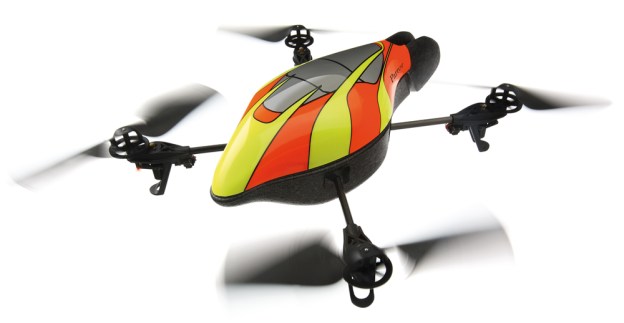
Adapted from a $300 Parrot AR.Drone quadricopter, the SkyNET drone has been constructed by a group of scientists at the Stevens Institute of Technology. The Terminator-inspired machine is equipped with an injection-enabled Wi-Fi card that has the ability to scan, attack, record and join Wi-Fi networks in the area. A second Wi-Fi card communicated with an Ad-hoc wireless network to receive drone commands. The drone contains an extremely light single board computer using the Linux operating system. The drone is also outfitted with a 3G connection for flight operation as well as a GPS receiver to transmit latitude, longitude, and altitude. The GPS receiver also allows for a predetermined flight plan to be programmed before takeoff.

The group tested the drone on a one block perimeter in Manhattan, NY, but had to wait for specific weather patterns for the test flights. High winds or more serious inclement weather will ground the drone. A similar device was recently displayed in Nevada during a hacking convention. Adapted to a large remote-controlled plane, the drone was able to brute force attack Wi-Fi networks as well at AT&T and TMobile cell towers to potentially record conversations.


